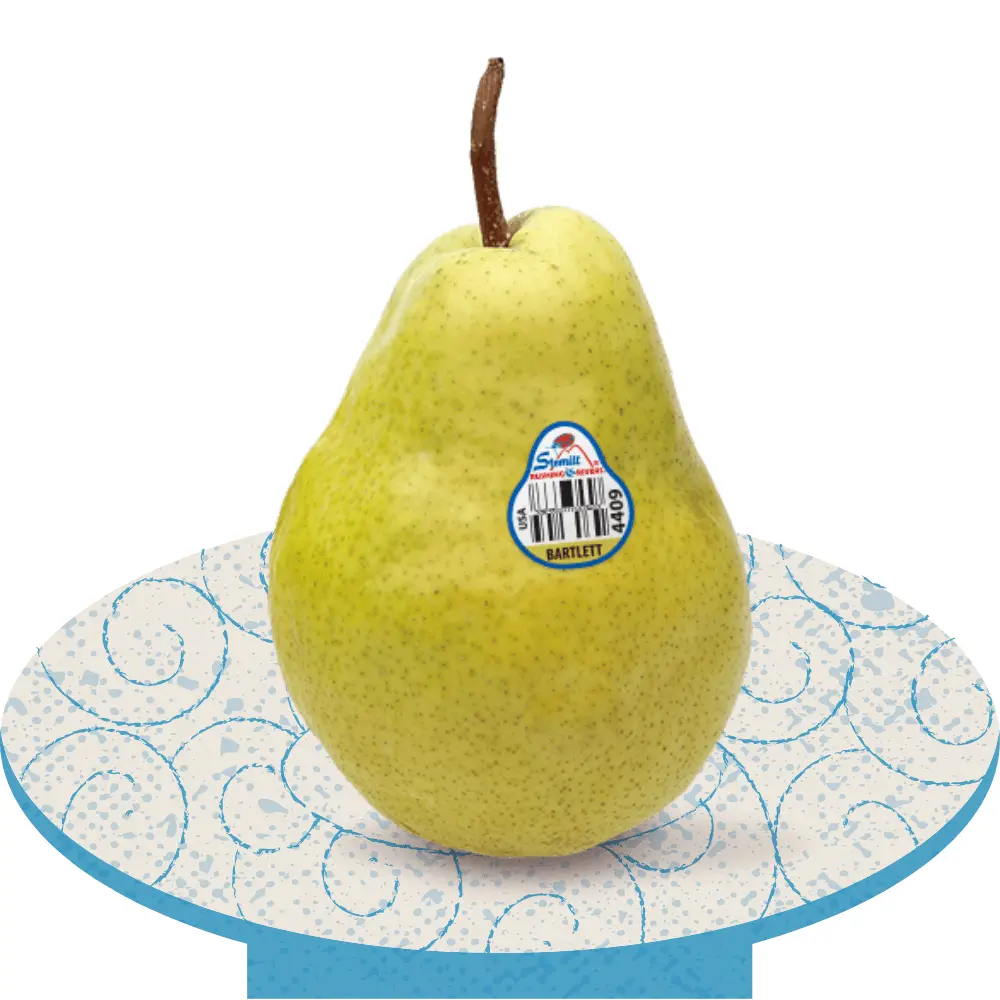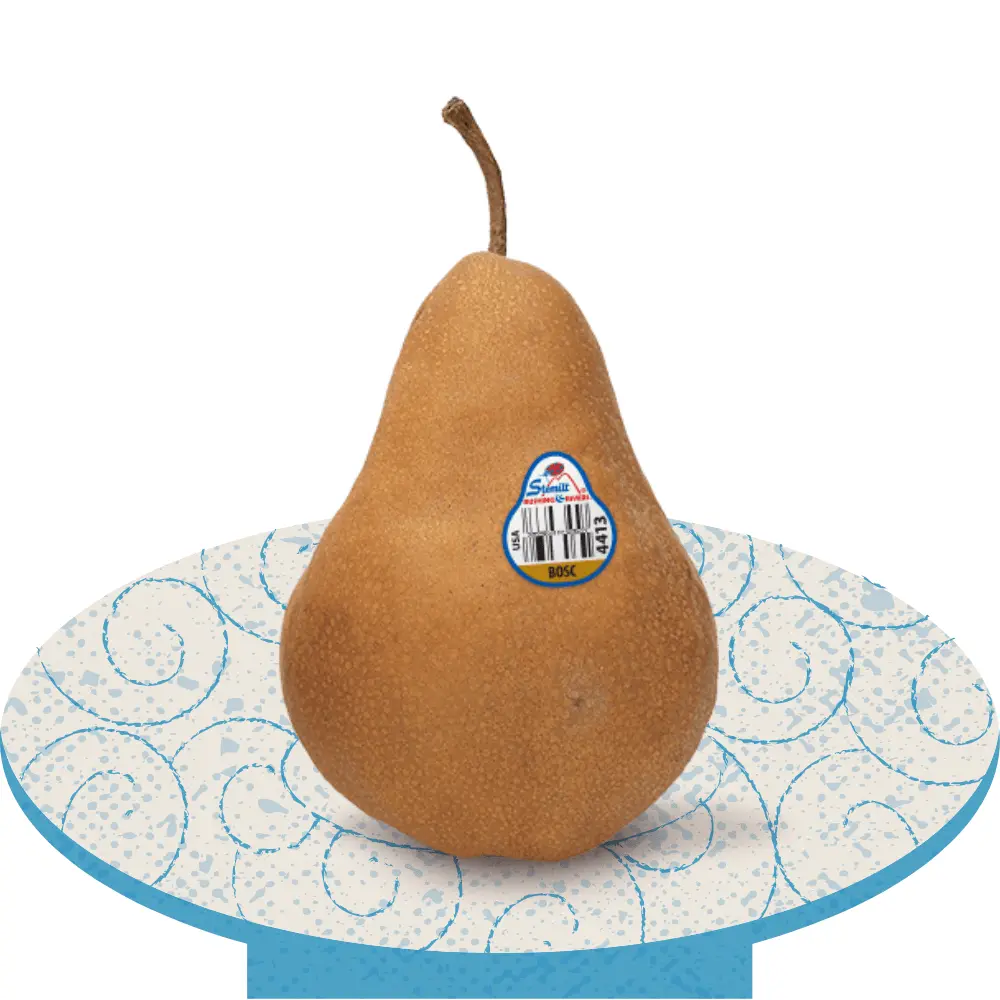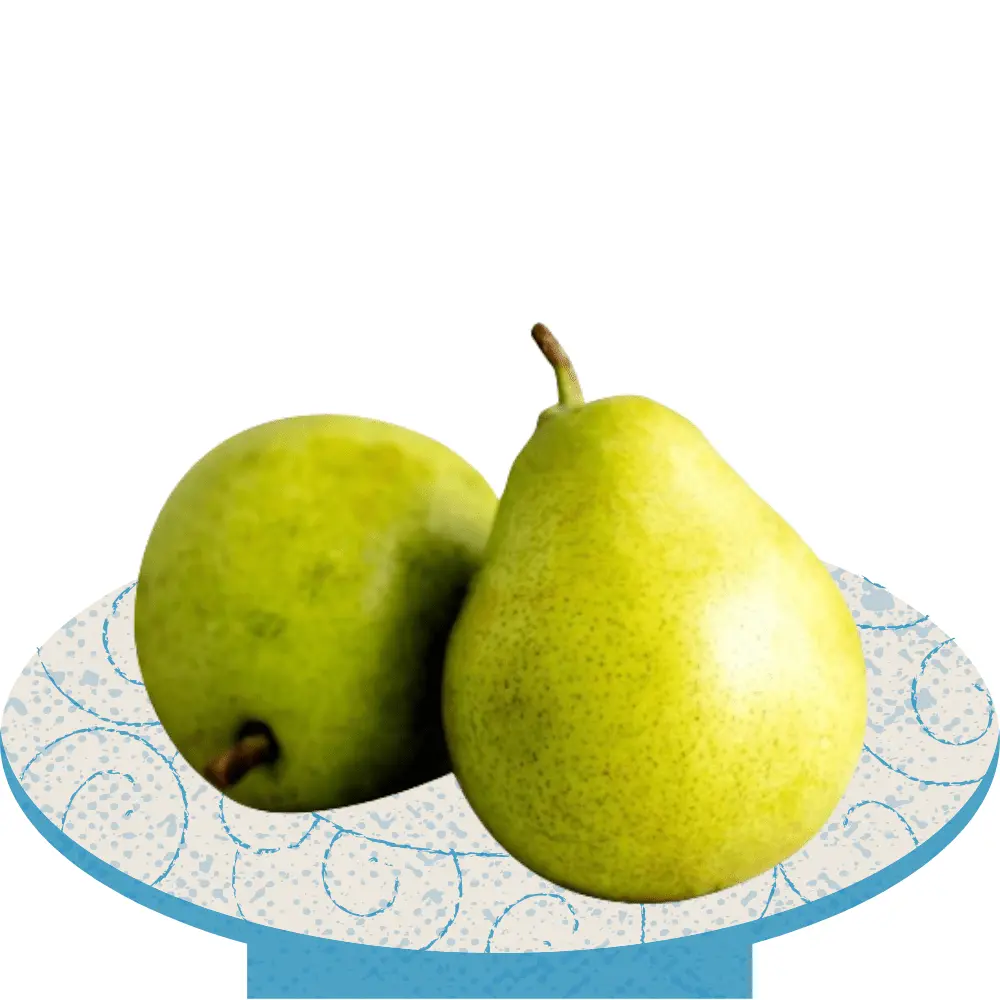Can You Freeze Dry Pears?

Yes, you can freeze dry pears. It means taking out all the water from the fruit to preserve it. First, you slice the pears and freeze them. Then, the Freeze dryer dries them by taking out the water. This leaves you with yummy, light-dried pears that you can snack on or use in recipes.
- Can You Freeze Dry Pears?
- What is freeze drying and how does it differ from traditional freezing?
- what are the advantages of freeze-drying pears over other preservation methods?
- Which pear varieties are best for freeze-drying?
- How to freeze dry pears?
- How long do freeze-drying pears typically take?
- How can the shelf life of freeze-dried pears be maximized?
- Are there any safety considerations with freeze-drying pears?
- Can freeze-dried pears be rehydrated, and if so, how?
What is freeze drying and how does it differ from traditional freezing?
Freeze drying is a modern preservation technique that includes freezing food, removing the water, and sealing it to keep it fresh without the need for refrigeration. In comparison, traditional freezing keeps the food’s moisture but doesn’t offer the same extended shelf life.
what are the advantages of freeze-drying pears over other preservation methods?
| Parameters | Freeze-Drying Pears | Other Preservation Methods |
|---|---|---|
| Taste and Texture | This may result in some loss of nutrients due to heat or other processing | May alter taste and texture to some extent |
| Nutrient Retention | Preserves nutrients effectively, maintaining nutritional value | May result in some loss of nutrients due to heat or other processing |
| Weight and Storage | Lightweight and compact, easy to store and transport | Can be heavier and bulkier, requiring more storage space |
| Shelf Life | Long shelf life, can last for months or even years when properly stored | Shelf life may vary depending on method and storage conditions, usually shorter compared to freeze-drying |
| Convenience | Convenient for various uses, including outdoor activities; easy to rehydrate | May require specific storage conditions or equipment; may not be as convenient for certain applications |
Which pear varieties are best for freeze-drying?
Bartlett Pears

Juicy and sweet with a classic pear shape, often used for canning and baking.
Anjou Pears

Firm and mildly sweet with green or red skin, versatile for eating fresh or cooking.
Bosc Pears

Flavorful with a long, tapered neck and russeted skin, ideal for baking and poaching.
How to freeze dry pears?
Preparation
Wash and slice the pears into thin pieces, about 1/4 inch thick. Remove any seeds or stems.
Freezing
Arrange the pear slices in a single layer on a baking sheet lined with parchment paper. Place the baking sheet in the freezer and freeze the slices for about 24 hours or until they’re completely frozen.
Freeze Drying Machine Setup
Clean and prepare your freeze-drying machine according to its instructions. Ensure that the trays and components are properly assembled and clean.
Loading the Pear Slices
Transfer the frozen pear slices onto the trays of the freeze-drying machine. Arrange them in a single layer with some space between each slice to allow for proper airflow.
Start the Process
Close the machine and set the freeze-drying parameters. For pears, the recommended temperature is typically around -30°C (-22°F) to -50°C (-58°F), and the pressure should be set to around 133 Pa (1 mTorr) to 200 Pa (1.5 mTorr). Start the freeze-drying cycle.
Monitor the Process
The freeze-drying process can take anywhere from 24 to 48 hours, depending on factors such as the thickness of the slices and the moisture content of the pears. Monitor the machine periodically to ensure everything is progressing as expected.
Check for Dryness
After the designated time, check the pear slices for dryness. They should be firm and crispy with no moisture remaining. If they’re still soft or have moisture, continue the freeze-drying process until they’re fully dried.
Cooling and Storage
Once dried, turn off the freeze-drying machine and allow the pear slices to cool to room temperature. Transfer them to airtight containers or resealable bags for storage. Store the freeze-dried pears in a cool, dry place away from direct sunlight.
How long do freeze-drying pears typically take?
- Freeze-drying pears usually takes about 24 to 36 hours.
- It involves freezing the pears first, then slowly removing the frozen water through a process called sublimation.
- During freeze-drying, the pears are placed in a vacuum chamber where the air pressure is reduced.
This causes the frozen water in the pears to turn directly into vapor without passing through the liquid phase.
It’s like skipping the melting stage and going straight to gas. - This process takes longer than traditional freezing or drying methods because it’s gentle and preserves the texture, flavor, and nutrients of the pears better.
It removes around 95% of the moisture, making the pears lightweight and shelf-stable for a long time without compromising their taste or nutritional value.
How can the shelf life of freeze-dried pears be maximized?
- Store them in airtight containers: Keep freeze-dried pears in sealed containers to prevent moisture and air from getting in, which can cause them to rehydrate and spoil.
- Store in a cool, dry place: Keep the containers in a cool, dry area away from sunlight and heat, as exposure to these elements can degrade the quality of the pears over time.
- Avoid exposure to moisture: Moisture is the enemy of freeze-dried foods, so make sure the storage area is dry and free from humidity. Any exposure to moisture can cause the pears to rehydrate and spoil.
- Use oxygen absorbers: Adding oxygen absorbers to the containers can help prolong shelf life by reducing the amount of oxygen present, which slows down oxidation and degradation of the pears.
- Check for any signs of spoilage: Regularly inspect the freeze-dried pears for any signs of moisture, mold, or off smells. Discard any packets or containers that show signs of spoilage to prevent contamination of the rest.

Are there any safety considerations with freeze-drying pears?
Yes, there are some safety considerations when freeze-drying pears:
- Sanitization: Make sure to properly wash and sanitize the pears before freeze-drying to remove any dirt, pesticides, or contaminants that may be present on the fruit’s surface.
- Proper Storage: After freeze-drying, store the pears in airtight containers to prevent contamination from moisture, air, or pests. Improper storage can lead to spoilage and foodborne illness.
- Hygiene: Maintain good hygiene practices during the freeze-drying process to prevent cross-contamination. Clean and sanitize all equipment, utensils, and work surfaces regularly.
- Monitoring: Keep an eye on the freeze-drying process to ensure that it’s proceeding smoothly and that there are no issues with the equipment. Any abnormalities should be addressed promptly to prevent safety risks.
- Check for Spoilage: After freeze-drying, regularly inspect the pears for any signs of spoilage, such as mold, off smells, or unusual discoloration. If any spoilage is detected, discard the affected pears to avoid foodborne illness.
Can freeze-dried pears be rehydrated, and if so, how?
Yes, freeze-dried pears can be rehydrated easily. Here’s how:
- Choose the right method: There are two common methods to rehydrate freeze-dried pears: soaking or steaming. Both work well, but soaking is generally quicker.
- Soaking method: Place the desired amount of freeze-dried pears in a bowl and cover them with warm water. Let them soak for about 10 to 15 minutes, or until they become plump and soft.
- Steaming method: Alternatively, you can place the freeze-dried pears in a steamer basket over boiling water. Cover and steam for about 5 to 10 minutes, or until they are tender.
- Check for desired texture: Once rehydrated, drain any excess water and pat the pears dry with a paper towel. They should be soft and plump, resembling fresh pears.








